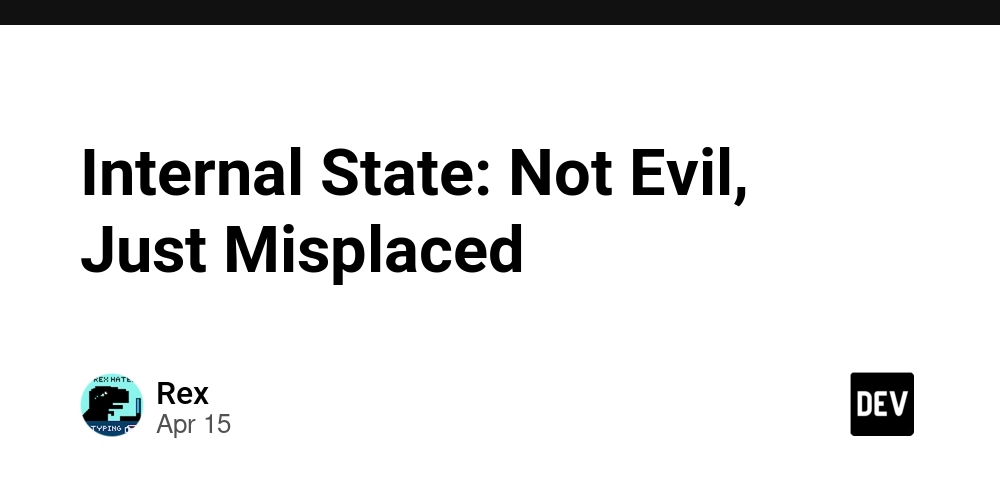Dev
1w
286

Image Credit: Dev
Internal State: Not Evil, Just Misplaced
- State is unavoidable in real-world systems like backend applications, but managing it deliberately is key.
- Lessons from building TypeWire show the importance of structuring, isolating, and owning state confidently.
- TypeWire's evolution illustrated clear layers of state management: TypeWireContainer, ScopedResolutionContext, and ResolutionState.
- Managing short-lived state is crucial to prevent ambiguity and ensure clear ownership boundaries.
- Internal state should be well-abstracted to allow gradual refinement and evolution towards clarity.
- Delegating state ownership to the appropriate layer minimizes mutability and centralizes behavior.
- Long-lived versus contextual state should be handled distinctly to prevent scope bleed and maintain clear ownership.
- Careful structuring and encapsulation help prevent context-sensitive state leakage into shared objects.
- Ownership clarity is crucial for effective state management to avoid unowned state causing issues in the system.
- By embracing internal state with clear boundaries and ownership, systems can effectively utilize state without sprawl or ambiguity.
Read Full Article
17 Likes
For uninterrupted reading, download the app